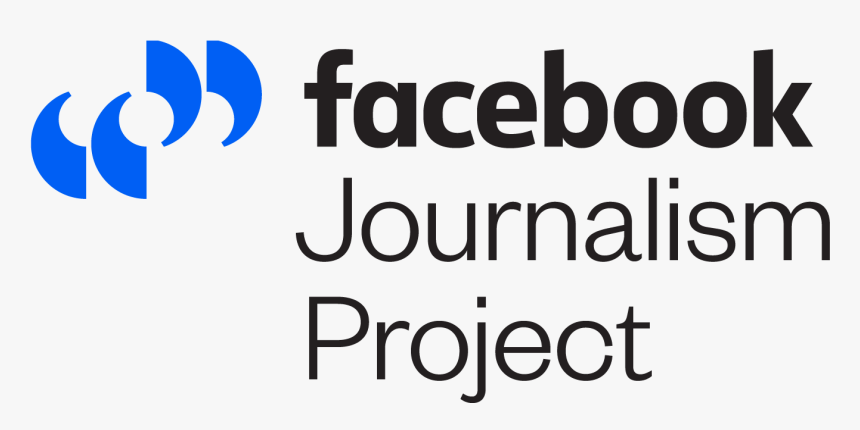PP3: Digital and Media Literacy
In order to promote media literacy and critical thinking in people of all ages, several methods are being used worldwide, mainly through education, community, and partnerships. The goal of these is to make individuals more critical consumers of the media so that they can interpret, analyze, and engage with information more effectively.
Educational Programs:
The majority of schools and universities are making media literacy a part of the curriculum. It can encompass educating students to critically evaluate sources, identify prejudice, and understand how media sway the opinions of people. Critical thinking is likely to be cultivated by reading news stories, advertisements, and social media posts to assess how reliable they are and what could be the ulterior agenda involved.
National Association for Media Literacy Education (NAMLE):
NAMLE is a leading organization in the United States dedicated to advancing media literacy education. NAMLE envisions a society of citizens possessing the capacity to access, analyze, evaluate, create, and act using all forms of communication, regarding media literacy as an essential skill of the 21st century. Their mission is to make media literacy highly valued and practiced as an essential life skill.
National Association for Media Literacy Education
Digital Courses:
Several organizations offer digital literacy workshops and courses online to help people of all ages critically assess and navigate information online. These programs often cover topics like identifying misinformation, fact-checking, and understanding algorithms that influence media we consume.
Example: The Google News Initiative offers journalist, educator, and general public digital literacy training programs, including methods for spotting and combating misinformation online.
Governments and non-governmental organizations worldwide organize public campaigns to promote media literacy and to make sure that the public critically consumes news and social media. The campaigns tend to focus on vulnerable populations such as old people or marginalized communities.
The European Union:
The European Union runs the "Digital Literacy for All" program, which aims to increase citizens' understanding of digital platforms, the risks of online misinformation, and the importance of privacy.
Partnerships with Tech Companies and Media Outlets:
In partnership with social media platforms like Facebook, Twitter, and YouTube, various organizations are working to provide users with tools to spot fake news, access fact-checking resources, and improve overall digital literacy.
The Facebook Journalism Project collaborates with news organizations and educational institutions to provide media literacy tools and training to help users identify credible sources and fight misinformation.
Media literacy efforts often involve collaborations between fact-checking organizations and media outlets. These partnerships help ensure that journalists and media consumers can access verified information more easily.
-
Example: FactCheck.org, PolitiFact, and The Poynter Institute have partnered with social media platforms and news organizations to combat the spread of misinformation and provide fact-checking services.
Programs Targeting Vulnerable or Underserved Populations:
Closing the Digital Divide: Most programs focus on facilitating less privileged communities to access digital resources and tools that will improve their media analysis and interaction capacity. The programs are crucial in the closure of the digital divide, which refers to the gap between access to digital technology and digital literacy.
Example: The UNESCO-declared Global Media and Information Literacy Week prioritizes media literacy as a right and antidote to the digital divide. The initiative encompasses activities and content provided to citizens living in disadvantaged areas, providing training in non-digital and digital media navigation.
Community Workshops and Digital Inclusion Programs: Numerous local nonprofit organizations and community centers hold workshops to teach low-income families, seniors, and other groups with unreliant access to the internet digital literacy skills. Workshops may also cover critical thinking skills and media literacy.
Example: EveryoneOn is a nonprofit organization working with internet service providers, libraries, and other community groups to provide digital literacy training and affordable internet to under-served groups.
Improving Access to Accurate Information:
Public Libraries and Media Literacy Resources: Public libraries often play a central role in media literacy initiatives by offering workshops, informational resources, and access to technology for those who may not have it at home. Libraries also often partner with local media outlets to provide access to credible news sources and promote critical thinking.
-
Example: The American Library Association offers media literacy toolkits for librarians, who can then use them to educate the public about identifying misinformation and navigating the media landscape.
Programs like those from the National Association for Media Literacy Education (NAMLE), partnerships with tech giants like Google and Microsoft, and events like U.S. Media Literacy Week all work toward improving media literacy, especially for underserved communities. There are also efforts to close the digital divide by offering community training, affordable internet, and digital literacy programs, helping people from different backgrounds get the education they need.
For consumers of media, learning how to analyze and interpret information involves checking sources, spotting emotional manipulation, and understanding how online algorithms work. Teaching these skills helps people consume media more critically, reducing the spread of misinformation and encouraging more informed, active participation in society.





Comments
Post a Comment